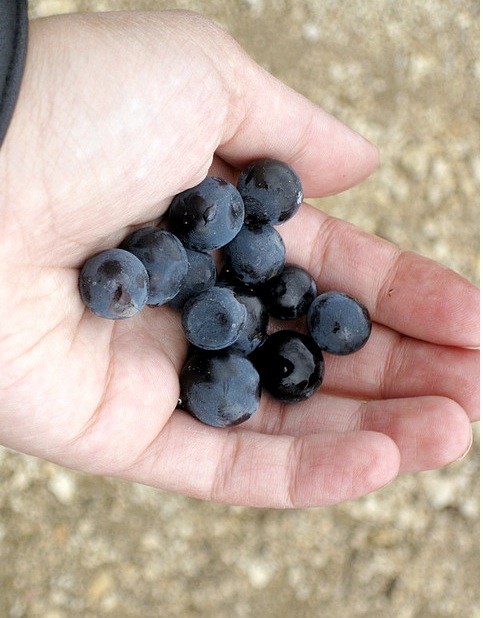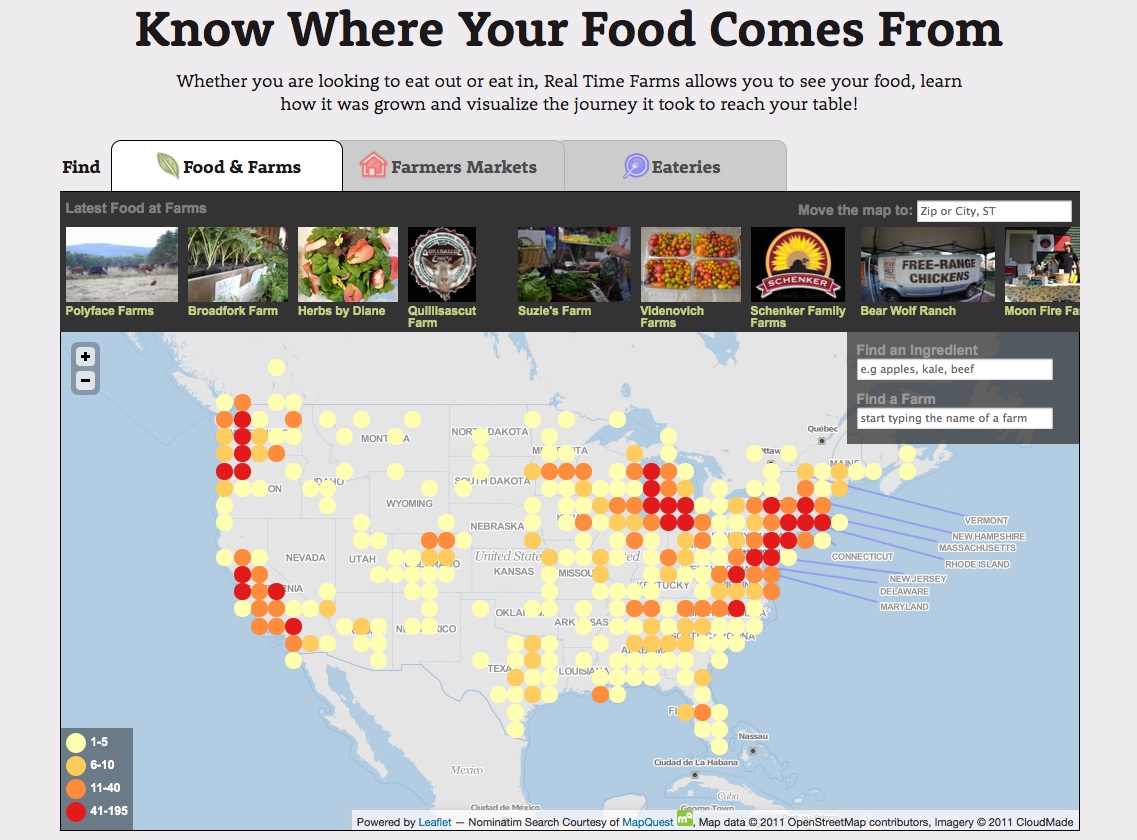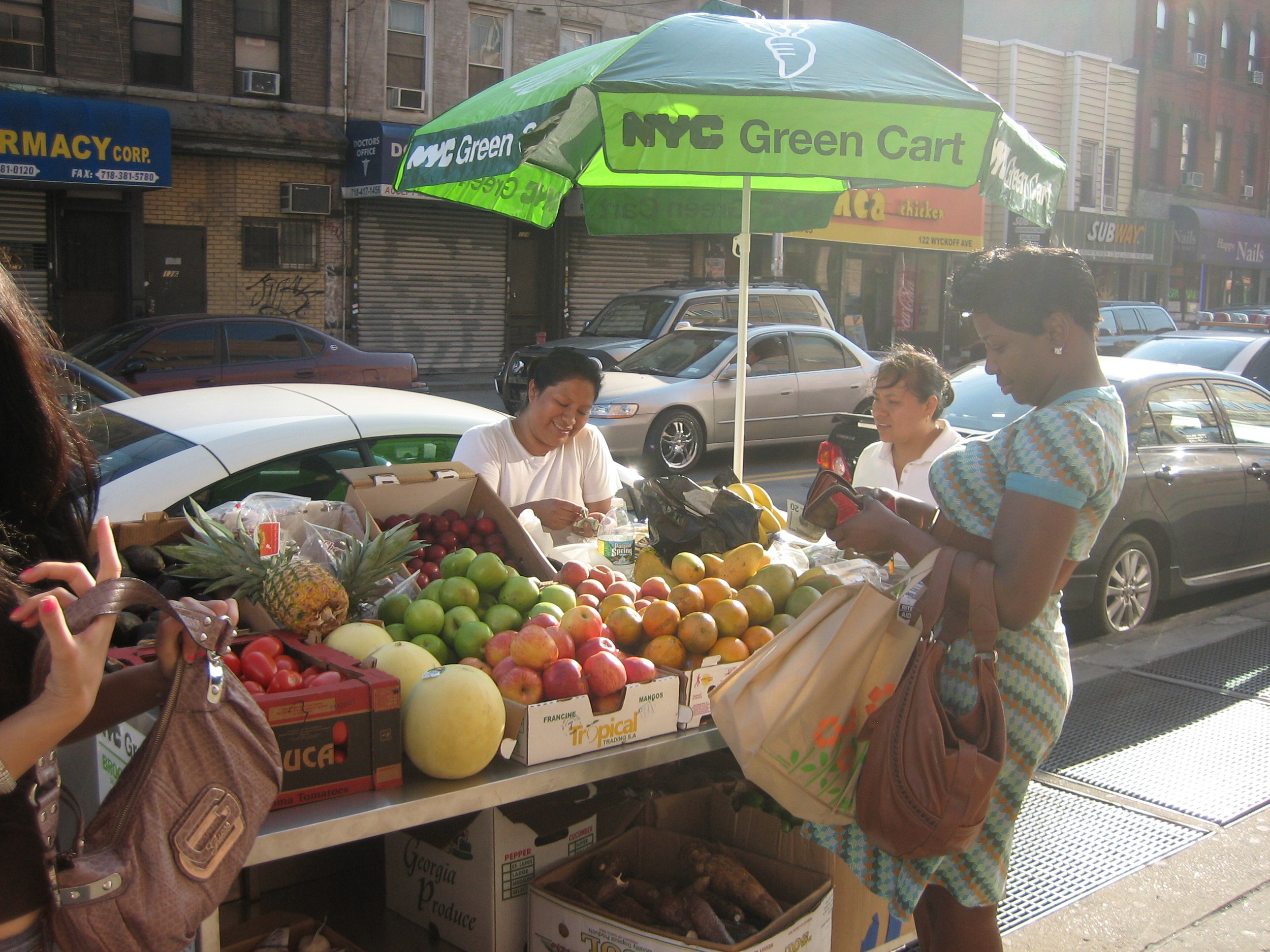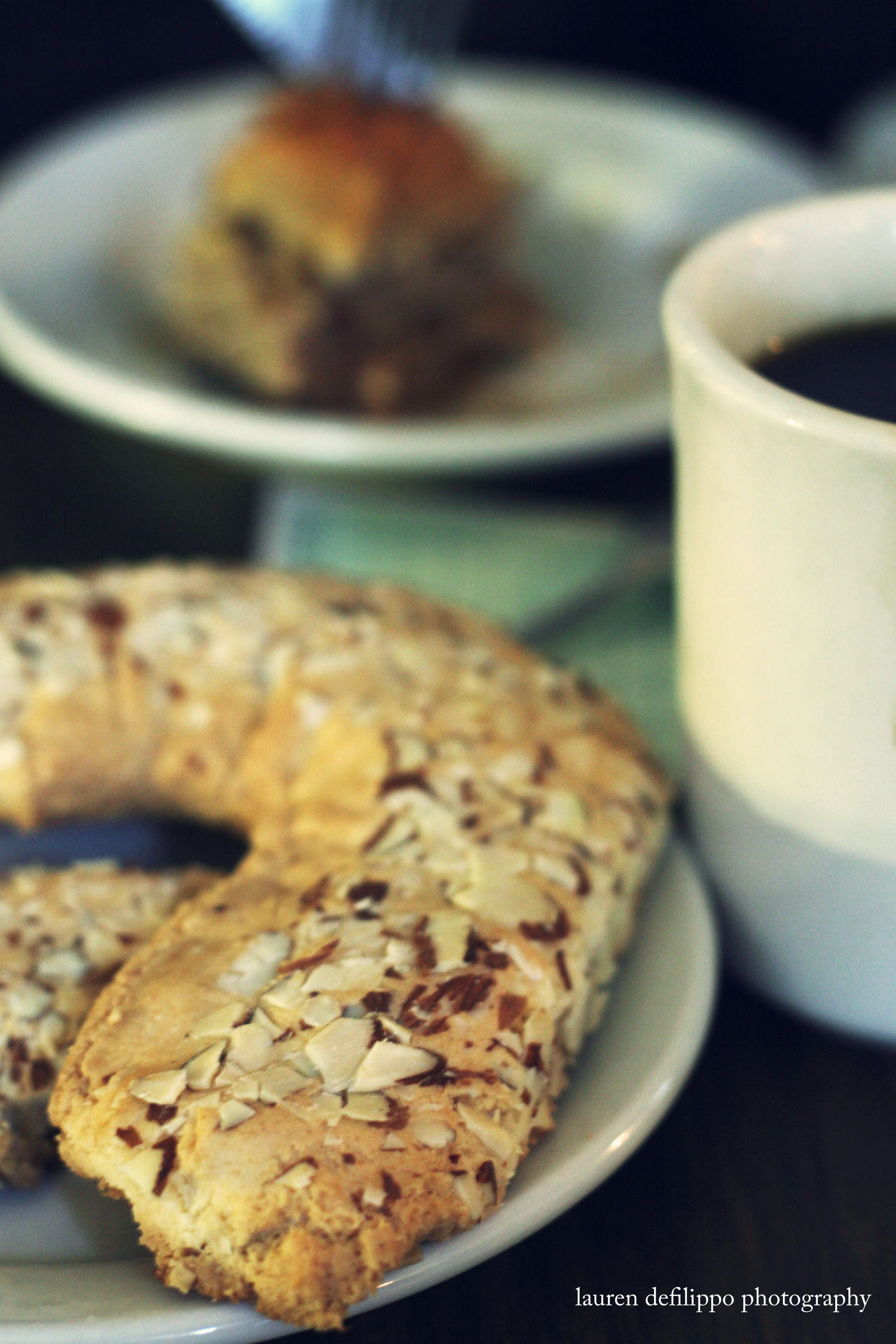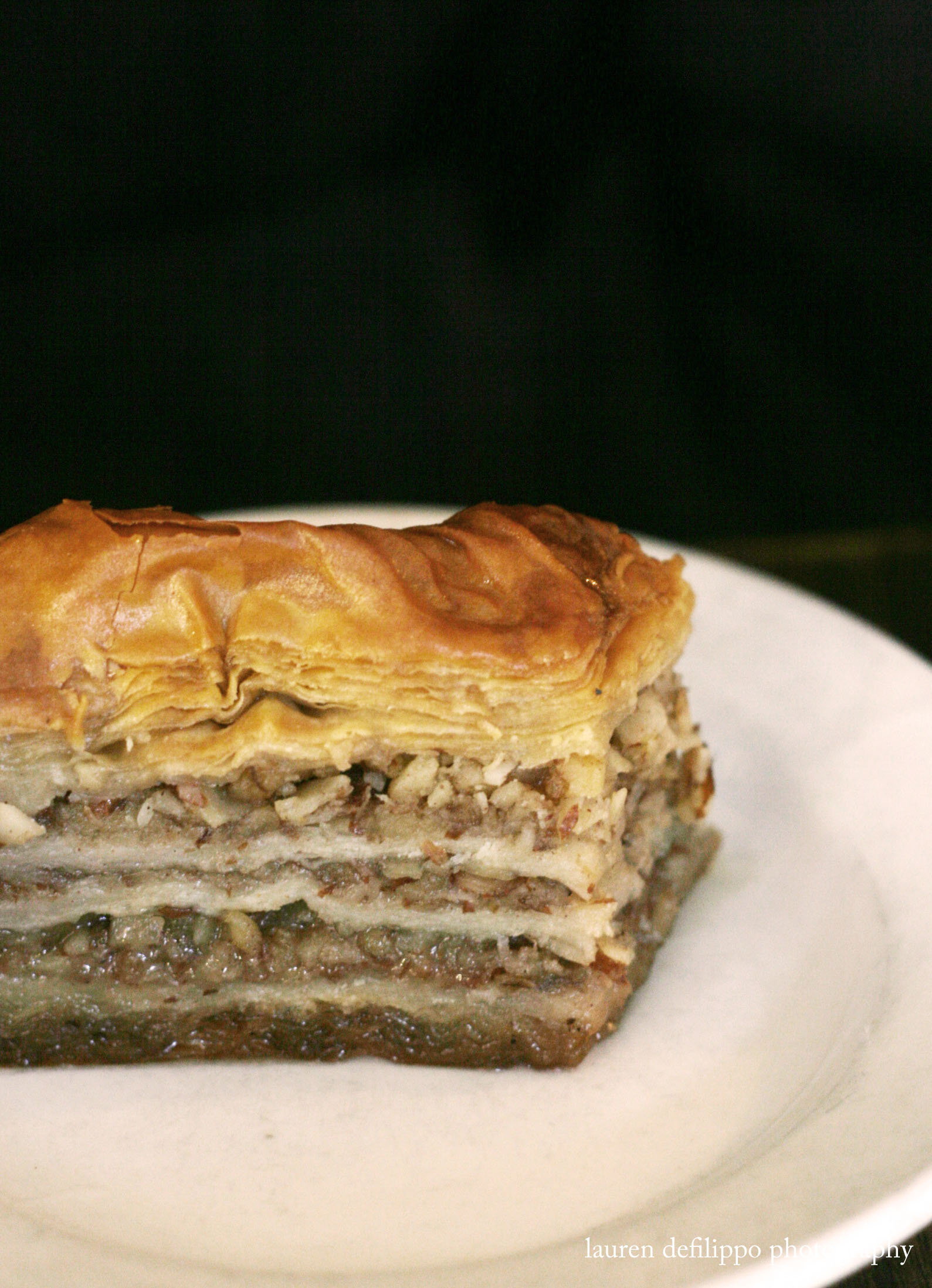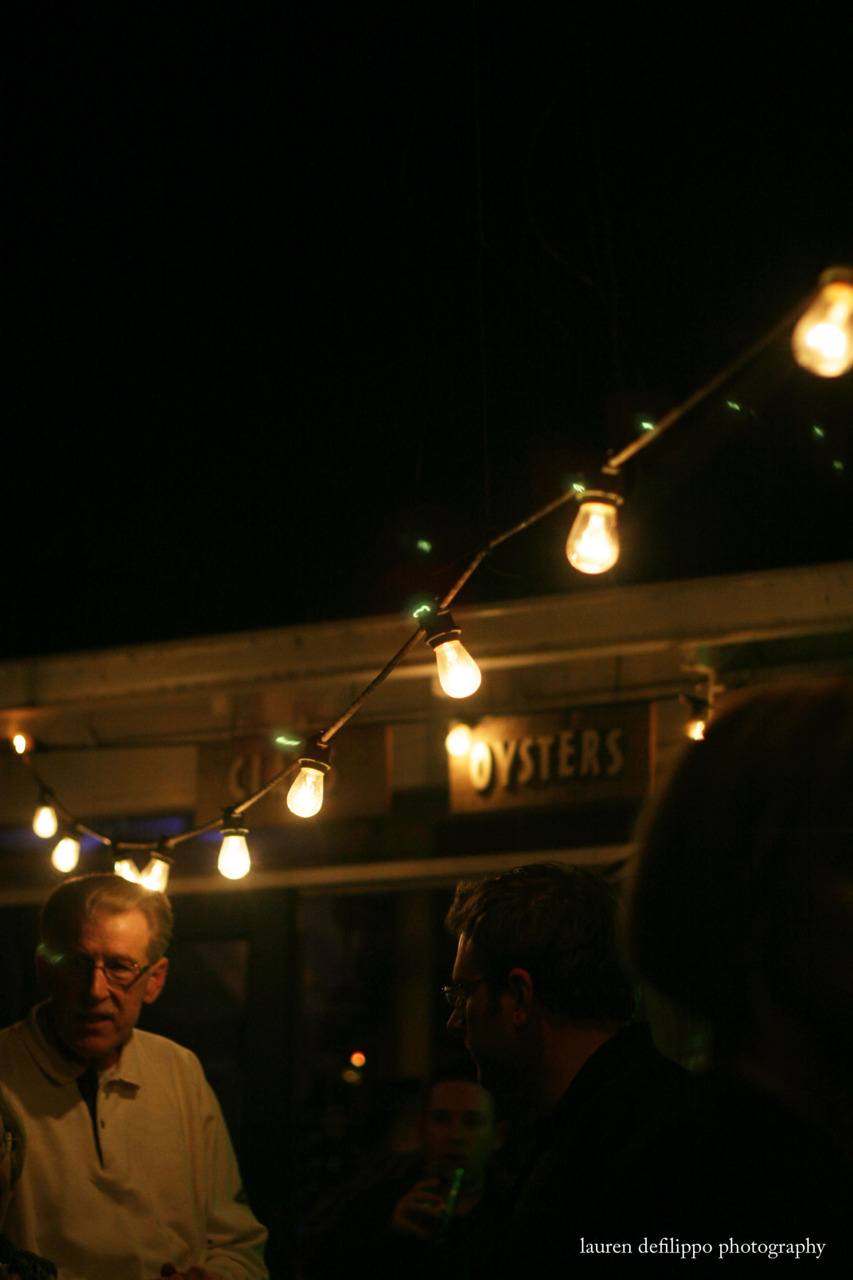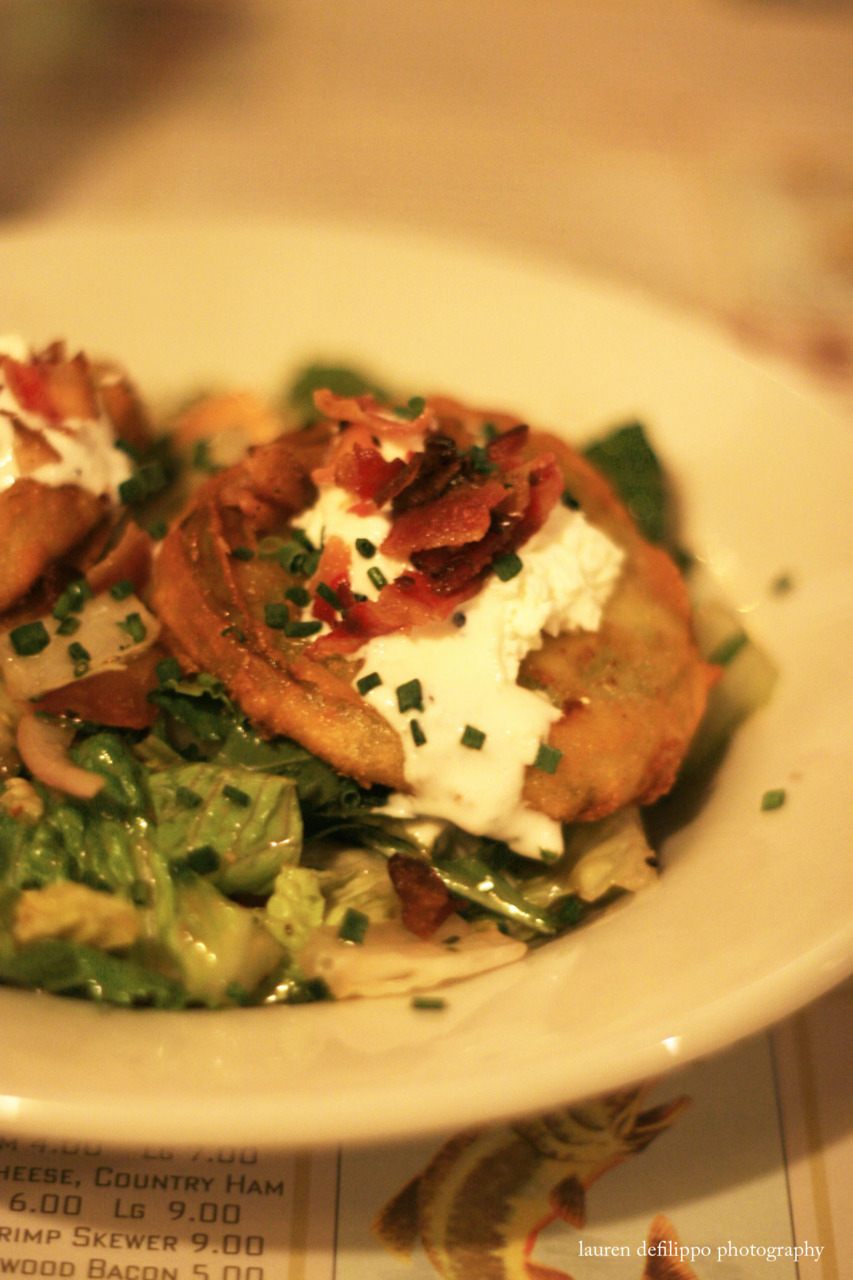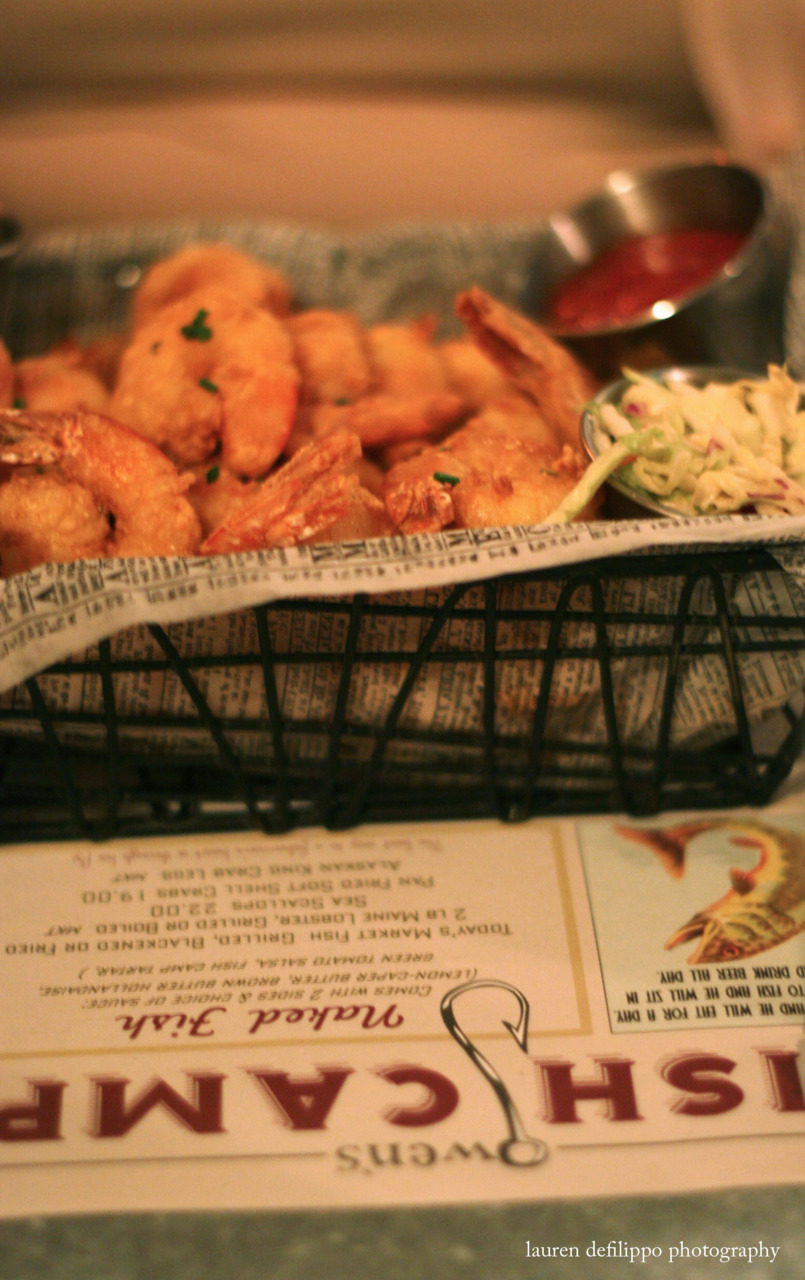Over the weekend, I had the pleasure of attending the TEDxManhattan conference, Changing the Way We Eat, at the Times Center in New York City.
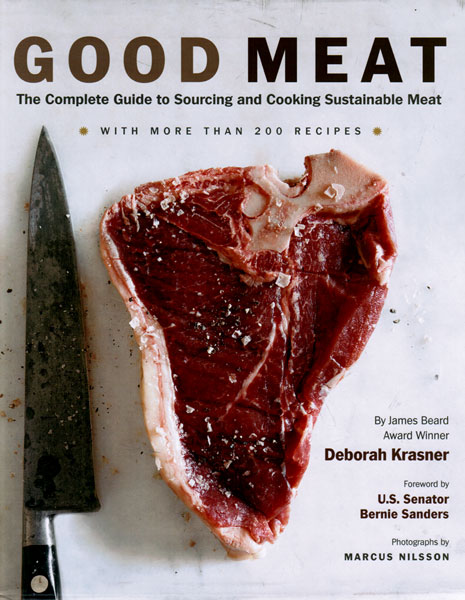 The day started off with “Issues”, primarily focusing on the health and ecological risks of industrial meat production (the quick and dirty : even if you don’t feel any compassion for farm animals, the conditions in which they are raised – and the lack of suitable regulation of these conditions – are heading us in the direction of both antibiotic-resistant epidemics and food insecurity on a global scale). My favorite talk of the morning, however, was Urvashi Rangan’s “Labeling and the Controversy Around it”.
The day started off with “Issues”, primarily focusing on the health and ecological risks of industrial meat production (the quick and dirty : even if you don’t feel any compassion for farm animals, the conditions in which they are raised – and the lack of suitable regulation of these conditions – are heading us in the direction of both antibiotic-resistant epidemics and food insecurity on a global scale). My favorite talk of the morning, however, was Urvashi Rangan’s “Labeling and the Controversy Around it”.
Rangan humorously guided us through the debacle that is food labeling in America. Natural is boundless; it can be defined by companies at will and most certainly does not equate with Organic. Free range means that animals were provided the “opportunity” to spend time outdoors, but it in no way ensures that these animals spent time outside of a barn or pen. And then there are the labels that should exist and don’t. For example, No Carbon Monoxide. Supermarket meat is often treated with CO to preserve its red color. In fact, tests have proven that CO can even preserve the red color of meat after it has spoiled. The list of crazy, illogical examples goes on and on. (To learn more about Rangan and her work, click here.)
In the second session, “Impact”, we heard about a range of topics, from the importance of preserving our soil, to new programs for training and supporting immigrant farmers, to the impact of gardens on the rehabilitation of veterans, to the fruits of Green Bronx Machine’s edible labors. But, unsurprisingly, the talk which most sparked my interest was food journalist Mitchell Davis’ evocation of the importance of taste. Davis highlighted that we are in a unique period in history, one in which our ideals and our perception of taste have aligned. Some of us buy tomatoes from farmers markets because of their unequaled flavor and texture. Others shop at the market to support small farmers and ecological interests. While these two groups’ motivations do not overlap (though there are certainly individuals who belong to both categories), the results of their actions are the same. Davis argues that we not only can, but also should, use the edible enticement of “good taste” as a central argument in the sustainable food revolution.
The final session of the day, “Innovation”, addressed programs and products that have begun to address issues in our food systems in a creative and sustainable way. RealTimeFarms.com helps consumers decode the “local” label touted by do-gooder restaurants, mapping the farms from which chefs are purchasing their featured ingredients. Recirculating farms are creating the opportunity to grow veggies and raise fish in any climate, with minimal waste and water usage (If I ever get a bigger apartment, I am totally buying one of these for my own home). Fresh Paper, an organic, biodegradable, oil-infused paper inspired by Indian medicinal spices, promises to prolong the life of your produce. And Bright Farms is building greenhouses on top of your local supermarket/food distribution center – providing more local produce, for less money than ever before.
It’s hard to choose which of the “Innovations” was my favorite, but the one that really hit home was the New York City GreenCarts program. While those who live near Union Square may revel in their greenmarket, there are neighborhoods in New York that are veritable food deserts, served solely by bodegas, where no fresh produce is available. GreenCarts is overturning that status quo, encouraging community members to start their own businesses and serve their community – one orange or banana at a time.
If you missed TEDxManhattan and would like to learn more about the interesting and inspiring work that was presented, the event organizers will be posting videos of the day’s talks online within the month. The talks from 2011’s TEDxManhattan are already available here.
Or for those who prefer the “famous” foodies, here are a few of my favorite TED Talks by gastro-celebrities:
- Mark Bittman, “What’s Wrong With What We Eat?” [ted id=263]
- Jaime Oliver, “Teach Every Child About Food” [ted id=765]
